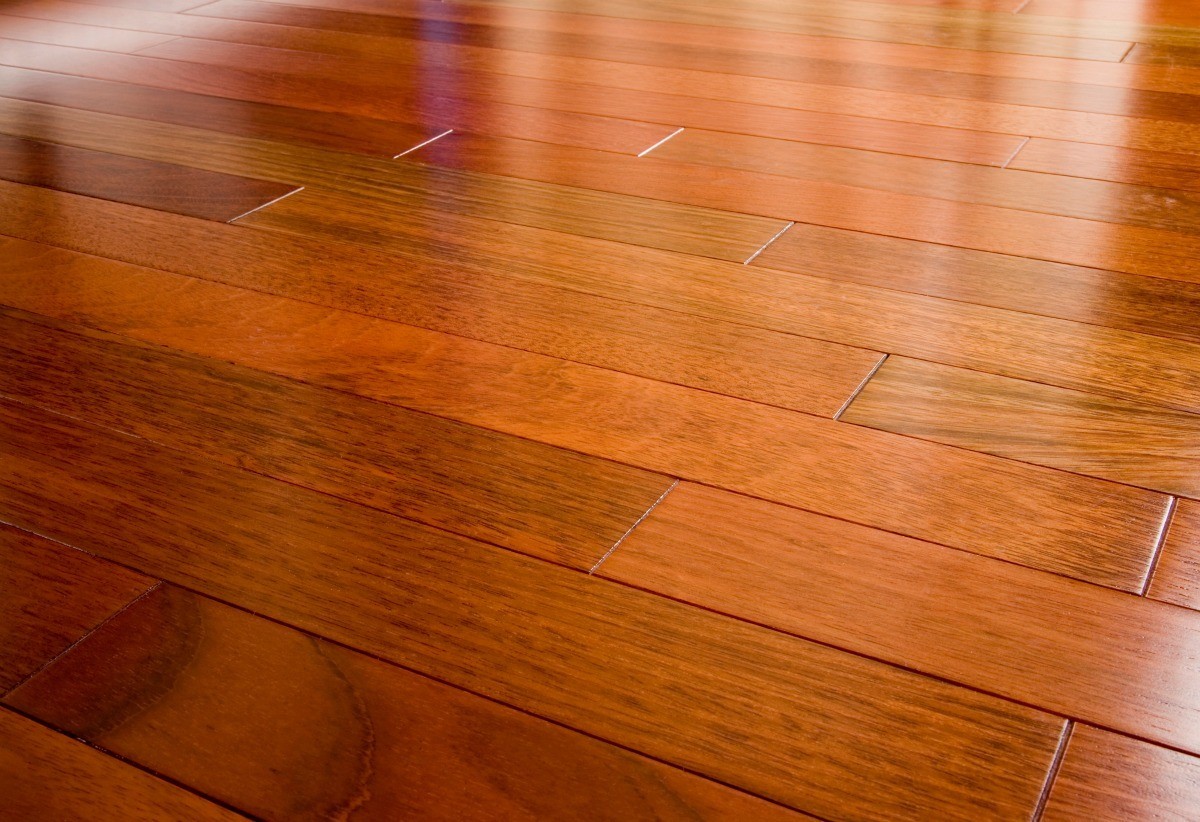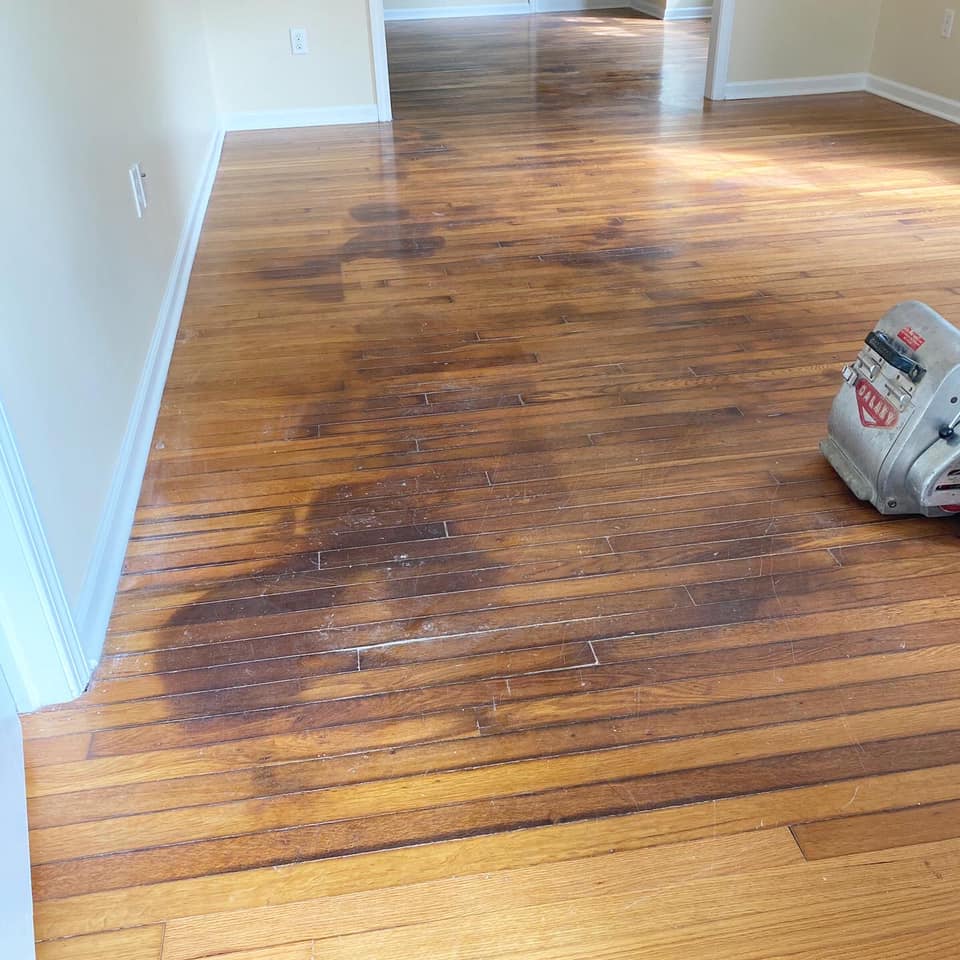Visit Homepage
Just how do you actually feel with regards to Hacks to detect leaks?

Environment change and also global warming have actually hurt the community. Lots of areas that were as soon as risk-free have actually experienced much more flooding and also groundwater invasion. The latter can infiltrate your residence even prior to it appears the surface.
Recognizing what signs to look out for can aid you reduce water damages. Additionally, you need to likewise examine all your pipelines to catch any type of noticeable leaks. It's very likely that groundwater is coming in from underneath your residence or close by if your basement is always wet.
Climbing groundwater is a pressing problem since it can cause mold and mildew and mildew growth. It can additionally hasten wood rot, resulting in structural problems. Moreover, enhanced groundwater makes your house a lot more vulnerable to floodings when it rainfalls. Do not misery, due to the fact that you can still protect against groundwater from harming your beloved home. Here's how!
Focus On Waterproofing the Cellar
Flood shouldn't have to come right into your residence before you waterproof the cellar or crawlspace. If you dilly-dally, it will certainly result in a significant issue when groundwater breaks in with rain and also flooding.
Fill up the basement with more concrete to avert any kind of problems caused by groundwater. This takes prep work because you require to prep the location and get rid of all the items kept there. Making this a concern is the most effective, long-lasting solution. Putting concrete and applying waterproofing measures seals your cellar and shields it from water intrusion.
Think About Installing a French Drainpipe System
Best of all, they don't look noticeable due to the fact that these drains appear like a pipeline or trench that can easily mix where it's positioned. This system secures your home from more complications because it will stop water from leaking right into your structure.
It will likewise avoid your floorings from flooding. You shield your structure when you mount this kind of drainpipe system. Therefore, you won't need to bother with significant repair services in case of water damages. These are really simple to mount so you can have a brand-new one positioned in the existing one that discontinues to work.
Purchase Several Sump Pumps
Sump pumps are readily available and also very cost effective in hardware stores on-line. You can set up several sump pumps in your basement or crawlspace. Then have the tubes placed into a drainpipe or out onto the street. The main goal of this pump is to redirect the water from entering your residence. This can secure your home from rising groundwater.
A sump pump will supply a layer of protection if you really feel concerned regarding groundwater seeping right into your basement. Lots of prefer this due to the fact that they are easy and rather economical to set up. Pay interest to when you use it since it can spike up your energy costs.
Raise the Home Completely
Raising your residence permanently is an effective remedy to prevent groundwater from being available in. Nevertheless, it is one of the most costly alternative. The overall procedure involved building a brand-new, greater foundation to lift the residence over the flood zone. This will additionally boost residential property value and help you offer your house at some point.
Applying these suggestions will assist safeguard your home as well as belongings versus water damages. If you have actually done whatever that you potentially can but water still seeps into your home, call a water reconstruction firm right away to aid you obtain back on track.
If your basement is always damp, it's very most likely that groundwater is coming in from underneath your house or close by.
Increased groundwater makes your residence extra vulnerable to floods when it rainfalls. Do not anguish, because you can still protect against groundwater from damaging your beloved house. Fill up the basement with even more concrete to avoid any type of problems triggered by groundwater. A sump pump will certainly supply a layer of security if you feel worried concerning groundwater seeping right into your basement.
How to Restore Hardwood Flooring After Water Damage
How to repair hardwood floor water damage
Wear protective gear such as gloves, rubber boots, and a mask.
Stop the flow of water if the flooding occurred due to a burst pipe, washing machine failure or water heater failure.
Turn off the power to the affected room until the water has been removed.
Assess the damages before you begin the restoration to determine whether to clean up or replace the floor. Take photos, list damaged items, and show them to your insurance company.
Remove any items (carpet, furniture, etc.) from the floor and take them to a dry area.
Open windows and doors to allow moisture to evaporate more quickly.
Start removing the excess water with a wet/dry vacuum cleaner or with mops and old cloth. If the water level is deep, use a pump to drain the water. Ask someone to help so you can finish the task faster and avoid further damage.
Use dehumidifiers, heaters, and fans to speed up the drying process. Place them on top of an elevated surface in the flooded area and close the windows. Direct the fans towards the floor s surface.
Clean any debris and mud from the floor with a non-abrasive brush and detergent while the heaters, fans, and dehumidifiers are running. Rinse the floor with clean water and continue to dry the floor.Determining the type of flooring and installation
Inspection is always crucial when starting to repair hardwood floor water damage. Hardwood flooring comes in a variety of species, such as oak, pine, maple, and cherry. More and more exotic species are being used in flooring. Every type poses different challenges in the drying process because of the varying levels of moisture absorption.
There are also varieties of flooring that look like wood but are not. These floors will sometimes have a laminate on the surface and a particle board substructure. When moisture seeps beneath these floors, drying is nearly impossible. The inability to dry these surfaces is due to moisture being trapped under the laminate, which acts as a vapor barrier. For more help, call a PuroClean water damage restoration professional to help you evaluate your flooring s type and condition.
Professionals will also assess the initial installation method of the hardwood flooring. Original installation may be nailed, glued or installed in a floating method.
When nailed floors have suffered from water damage, the nails may lift.
If the floor has been glued onto the substrate, the moisture may release the glue.
In the case of a floating type floor, it may not be true wood and may be a laminated product. Tongue and groove hardwood flooring may cup after absorbing moisture.Drying the hardwood floor (patience is key)
Once the technicians determine the wood floor type and installation method, drying can begin. Using surface and/or subsurface drying methods and proper dehumidification, technicians can force airflow beneath the surface of the floor (in a positive or negative manner) to remove this moisture. It may also be necessary to access the floor from below for faster drying.
Effective drying of a hardwood floor is a slow process. It will sometimes take seven to 10 days for the floor to release enough water to halt the forced drying process. Removing all the absorbed water from the floor is expensive and nature must be allowed to assist in the process.
The hardwood drying continues until the wood s moisture levels reach four percent of the floor s dry standard. At this point, nature will remove the remaining water, although slowly anywhere from three to six months. Education in this process is crucial for a successful job. Let the restorations professionals of PuroClean help you dry your hardwood flooring properly.
Repairing the finish
Once the hardwood floor is dry, there may still be damage to the floor finish. Finishes, such as waxes and polyurethane, may inhibit the evaporation of the absorbed moisture. They will sometimes have to be removed in the drying process to allow for moisture removal.
If the hardwood floor cups slightly, the finish may check and crack due to the movement of the wood product. This is a normal part of the drying process. Once the floor is completely dry, the floor can be refinished.
Hardwood floor drying is a specialty. PuroClean restoration professionals have the knowledge to properly evaluate the many types of floors and have specialized equipment to repair hardwood floor water damage.
https://www.puroclean.com/blog/what-should-i-consider-after-a-wood-floor-is-flooded/

Do you appreciate more info about Leaking water lines? Try leaving a remark directly below. We would be interested to know your thoughts about this piece. Hoping that you come back again in the near future. Do you know about another individual who is very much interested in Hacks to detect leaks? Feel free to promote it. Thank you for going through it.
Additional Resources